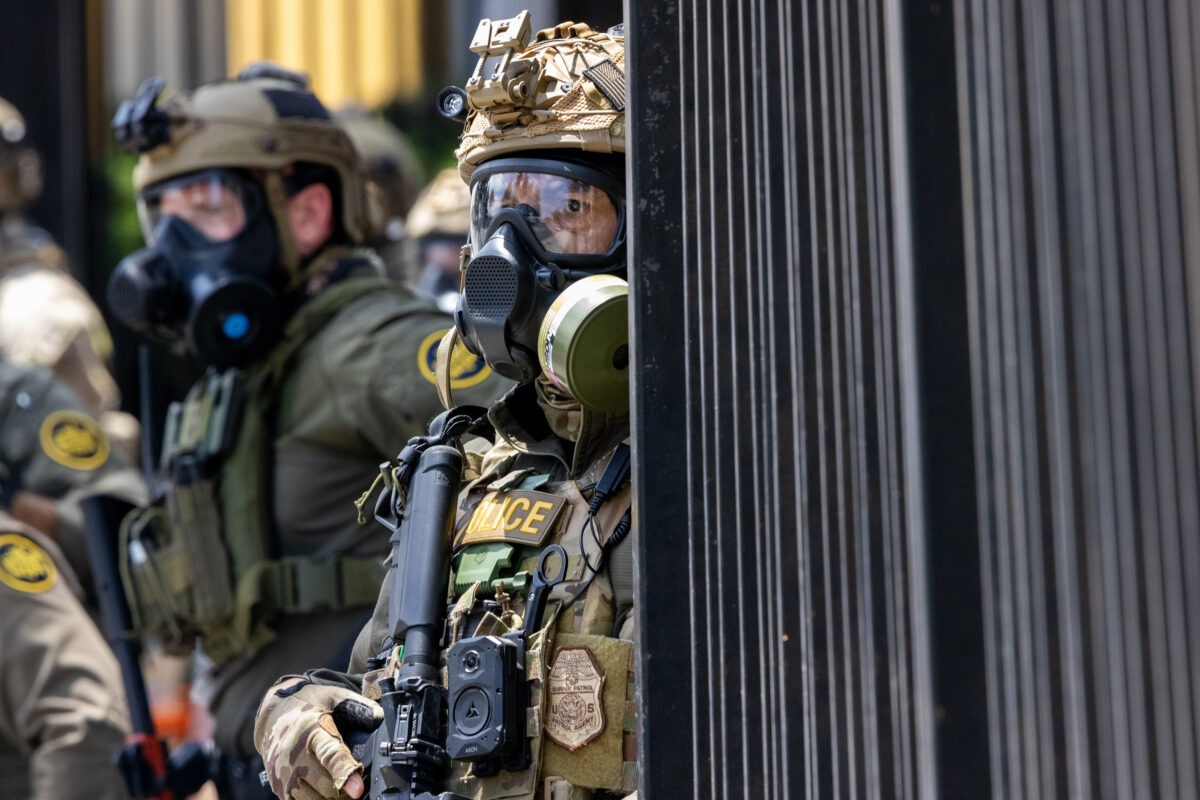Next Phase in Bellingcat's Ukraine Vehicle Tracking Project

In early February, Bellingcat launched the Ukraine conflict vehicle tracking project. The initiative got plenty of attention and positive feedback in the early days, and was most recently highlighted by NPR Idea Lab, thanks to Storybench and Silk.
We'll speak to @bellingcat about its Ukraine Conflict Vehicle Tracking Project https://t.co/iSB5BBowKF pic.twitter.com/szws9omiE2
— BBC Outside Source (@BBCOS) February 5, 2015
As a quick re-cap, in the project the Bellingcat team collected reports of military vehicle sightings in and near Ukraine, to determine whether any military equipment was being transferred across the border, or if there were clear indications of Russia military equipment being present in East Ukraine. The data set after the first phase reached 355 entries, largely thanks to user contributions.
NYT reports on the Ukr delegation photo debacle, advertises @bellingcat's vehicle tracking as reliable alternative. http://t.co/tzAmjqDBsM
— Буряты и Пустота (@ReggaeMortis1) February 16, 2015
To coincide with the release of Atlantic Council’s “Hiding in Plain Sight: Putin’s War in Ukraine” and the English translation of Boris Nemtsov’s “Putin. War.”, the project is now entering the next phase, and is again collecting contributions through Checkdesk. The Bellingcat team is also monitoring the hashtag #PutinAtWar on Twitter for contributions. Our friends at Silk have also been busy, and added cool new features to the platform. As one example, below is a map where the pin colors are determined by month of the sighting.
So, in short – please keep the contributions coming!
Submitting data through Checkdesk
Checkdesk is a platform that allows users to collaborate on the verification of reports, videos, photographs, and other information. Bellingcat hopes that Checkdesk will be used to bring together a lot of the information already shared and discussed on Russian vehicles in Ukraine, and enable the information to be reviewed and verified openly. We also hope that by making the process as open as possible we encourage our readers to participate in the discovery and verification process, giving them the opportunity to learn about verification and giving those who already have experience verifying content chance to share their knowledge.
Using Checkdesk couldn’t be simpler. A Checkdesk story (example here) is made up of updates, and each update is generally based around verifying individual elements of a story, be it an image or a claim made about the story. Anyone can add verification footnotes to an update, and once “journalists” (site moderators) decide the update is verified or not they can update the status to False, Verified, Undetermined, In Progress, or Not Applicable (example here).
It’s also possible to embed updates into web pages with a simple script:
As part of the current project we ask users to submit all sightings and reports of vehicles in Ukraine to the following story, and the Bellingcat team will then review and organise the submissions for verification and adding to the database.
The Bellingcat team also encourages the preservation of content, especially as material is frequently deleted on social media sites once its discovery has been made public. Videos can be downloaded by a variety of websites, and Archive.org allows many pages to archived.
The following are guides and other resources on verification:
Tools
Google Earth Pro – Now free.
Clip Converter – Video saving site.
Keepvid – Video saving site.
Tube Offline – Video saving site for videos from VK.com.
Archive.org – Site for archiving web pages.
VLC Media Player – A free and light weight media player with various useful tools and options.
Paint.Net – Free digital photo editing software.
Guides
A Beginner’s Guide to Geolocating Videos
Verification and Geolocation Tricks and Tips with Google Earth
Geolocation Techniques – Mapping Landmarks
Open Source Information in Conflict Zones


